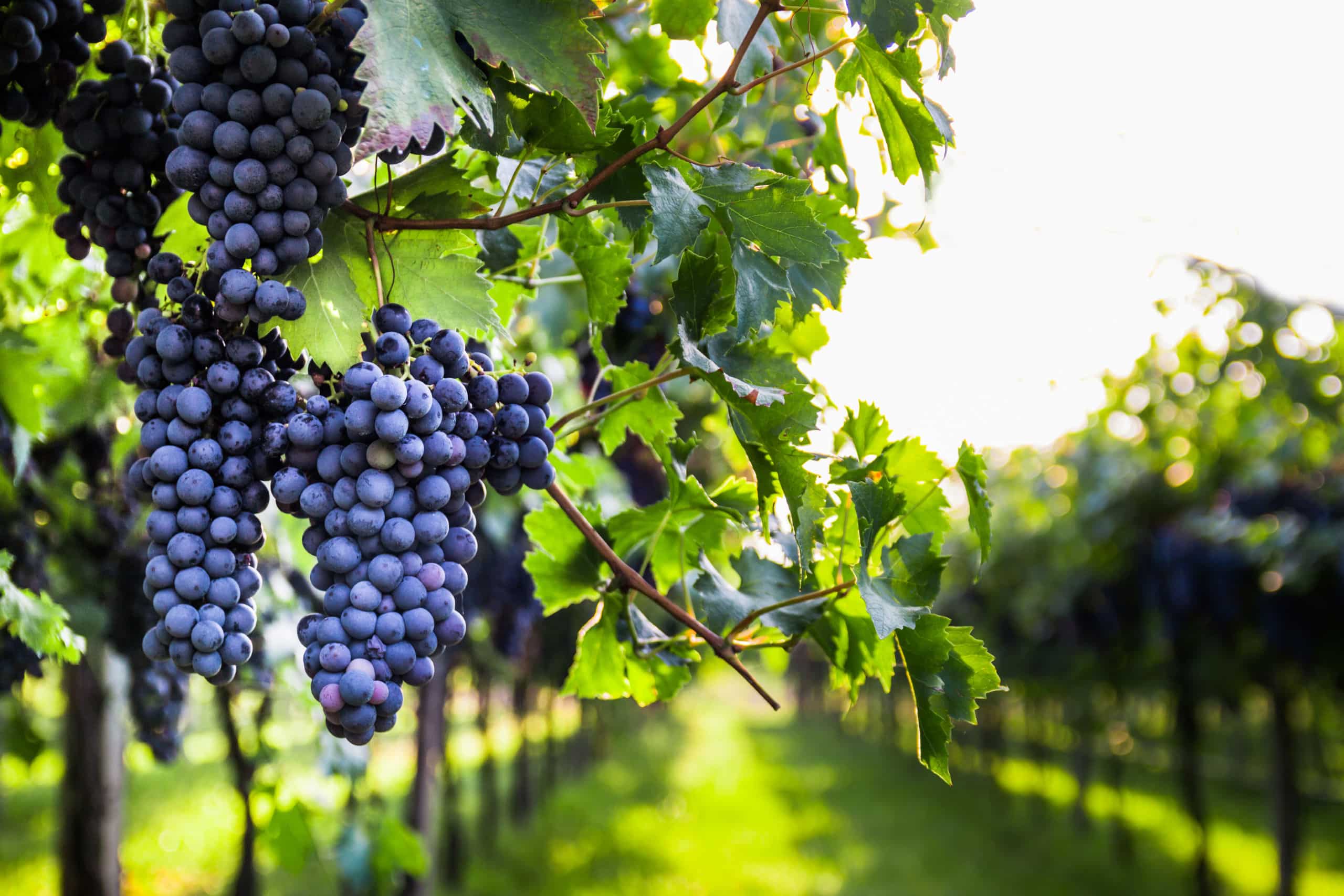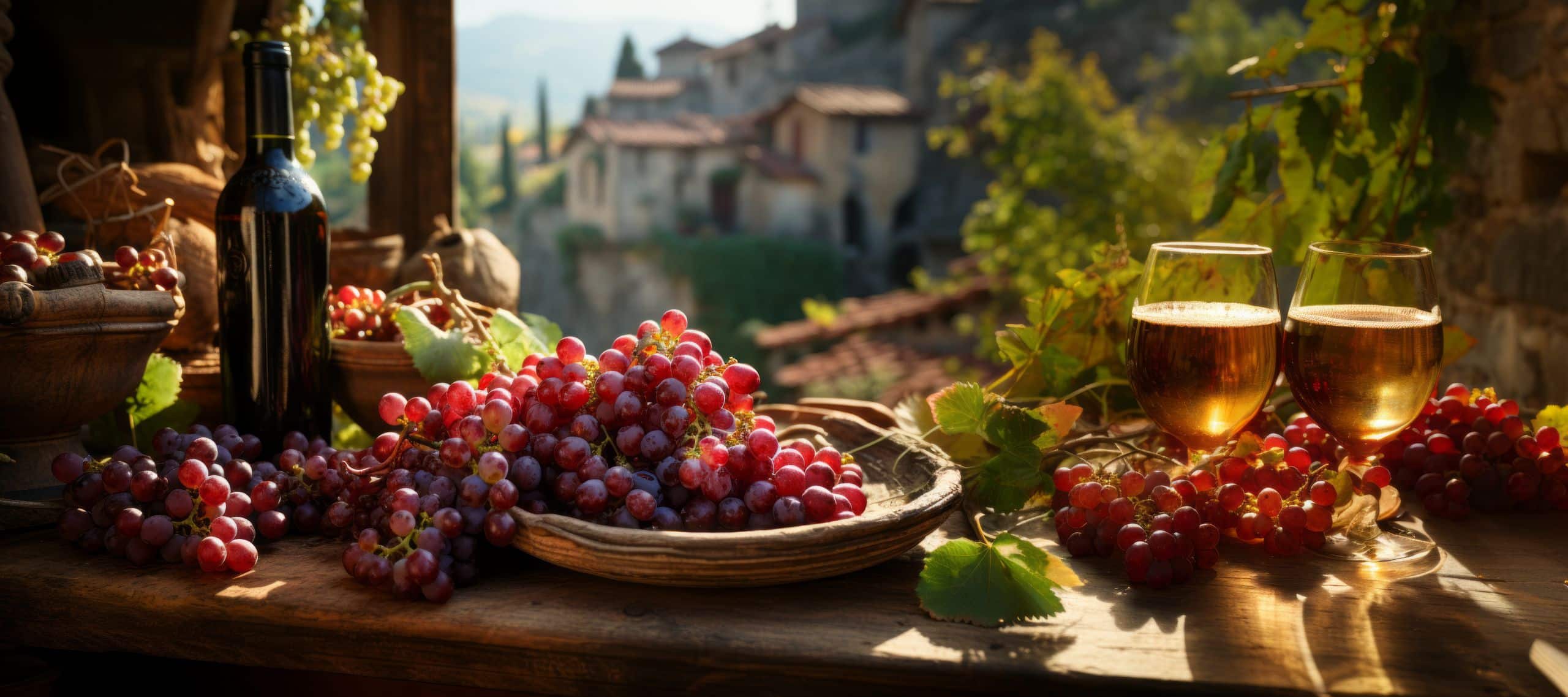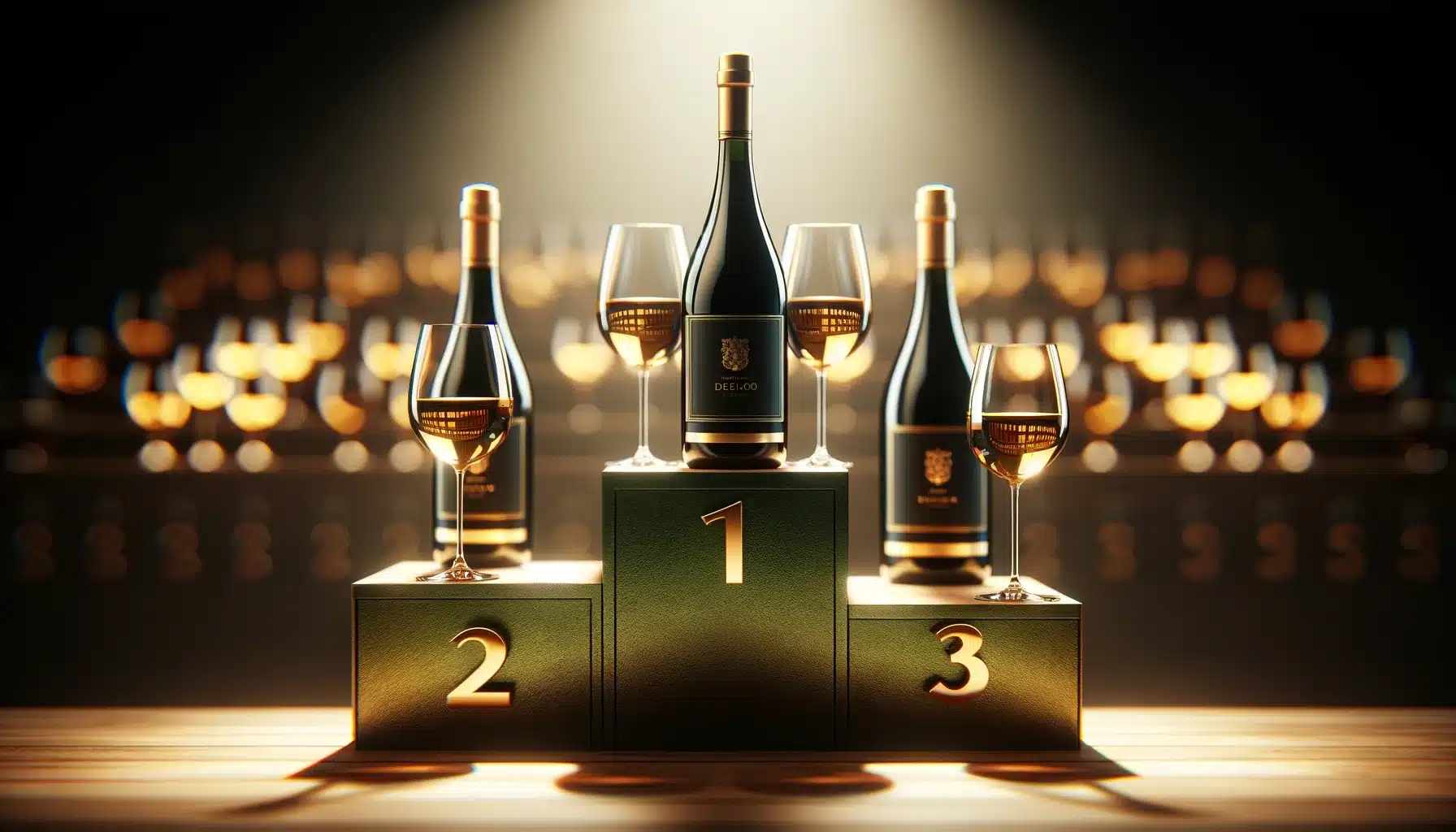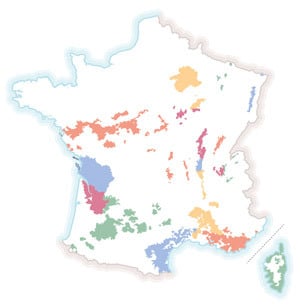
Contents
“It’s a rather tannic wine” is what your friend and budding red wine expert comes up with almost every time he tastes a bottle. You, on the other hand, don’t really understand the meaning of the word and just nod with a slightly embarrassed expression. Today, you’ll finally understand everything there is to know about tannins!
What is tannin?
Tannin is a molecule found in grape skins and seeds, among other things. These molecules react with saliva proteins to form a precipitate that can give wine a rough edge.
In short, tannins act as a sort of backbone for the wine, giving it structure. These are the essential elements you feel when you taste a red wine. Of course, the tannin content of a wine can be higher or lower.
How do tannins get into wine?
Tannins diffuse into the wine during vinification. The winemaker’s winemaking style will therefore determine both the quality and quantity of tannins present in red wine. For example, ageing a wine in barrels will increase its tannin content, as the wood in the barrels contains tannins (the same wine aged in vats and without contact with wood will therefore be less tannic). What’s more, the younger the wood, the more tannins it contains, which it can pass on to the wine it’s ageing.
If the winemaker works to bring out this raw material in the juice through long maceration, the tannins will be more present. He can also use manipulations such as pigeage or remontage. Pigeage involves regularly plunging the grape skins to the bottom of the vats; remontage involves pumping the juice from the bottom of the vat to the top of the skins.
Some grape varieties also have more tannin than others. Cabernet Sauvignon, for example, is a very tannic grape variety, whereas Gamay has very little tannin.
On the other hand, an under-ripe grape will produce raspy, astringent tannins that leave you with a dry mouth after tasting your wine.
The evolution of tannins over time
Generally speaking, tannins are quite pronounced in young wines, becoming rounder and silkier with age. This is one of the reasons why highly tannic Bordeaux wines are wines for (long) cellaring. But that doesn’t mean that young, raspy, astringent wines will turn out to be velvety-mouthed silkies!
© Photo: Thomas Franke / Unsplash




